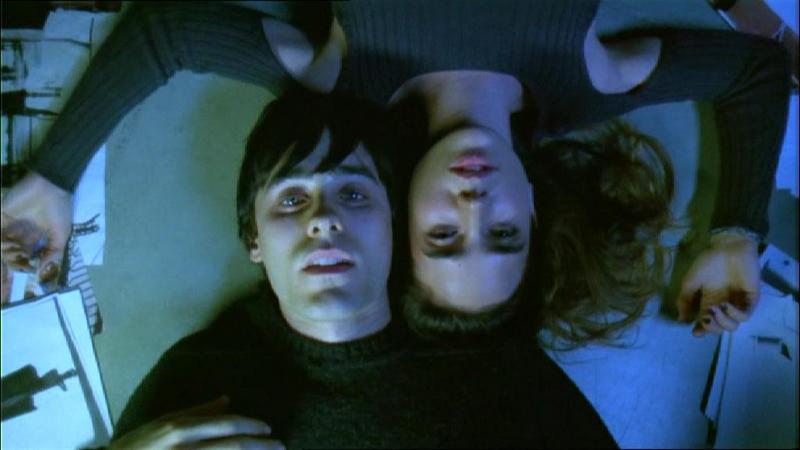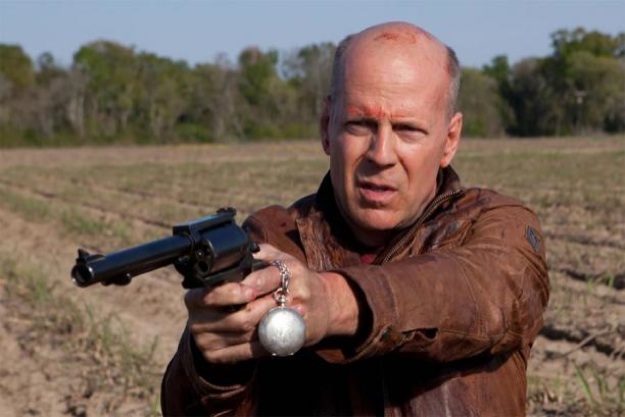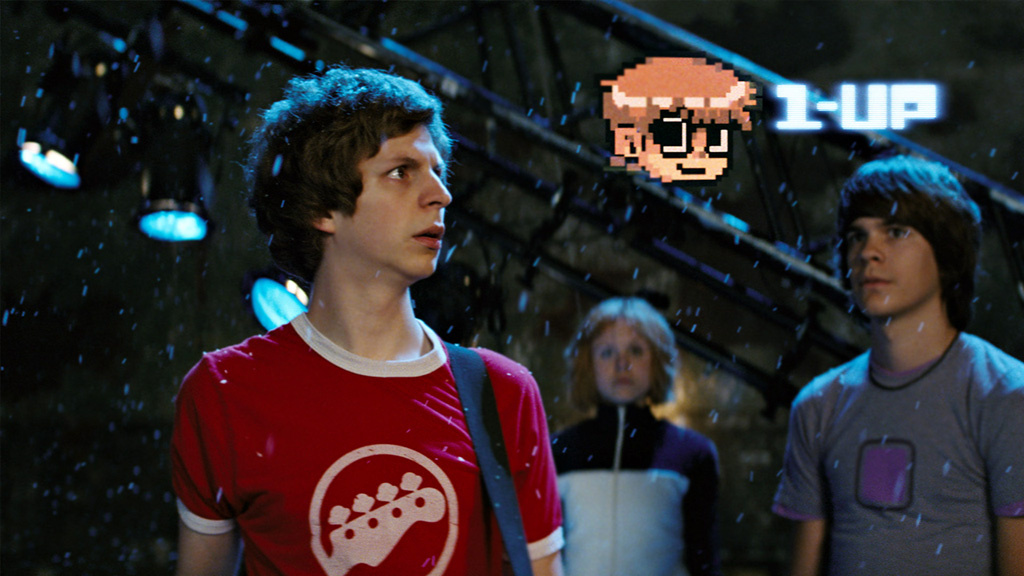5. Requiem for a Dream

Darren Aronofsky has made a career off of controversy. His films usually tackle subjects that have been deemed too extreme for mainstream Hollywood, lending him a kind of auteur status through his willingness to examine these issues fairly.
His 2000 psychological drama “Requiem for a Dream” both established his thematic scope and put him on the map. Taking on the disturbing reality of drug addiction, Aronofsky assembled a talented cast and crew to bring his startling vision to life, showcasing the depths to which drugs can hook people and alter their perception of what is real, all under the motivation of a need.
Some of the film’s images, created by Aronofsky’s direction and cinematographer Matthew Libatique, are quite gut-wrenching to watch as they depict humans at the lowest point in their lives. And while we can definitely thank Hubert Selby Jr.’s novel and screenplay for providing the basis for these images, there was an anime that had a big impact on Aronofsky’s artistry, and that was Satoshi Kon’s “Perfect Blue.”
This 1997 thriller held a similar plot to Aronofsky’s later “Black Swan,” (which critics have noted also contained similarities), following an aspiring actress who ends up descending into mental paranoia when she experiences hardships in the process.
While “Requiem for a Dream” was not like that, the American rights to “Perfect Blue” were bought by Aronofsky so he could lift scenes from it without risk of plagiarism. The most noted example of this occurs when Jennifer Connelly’s character Marion Silver lies nude underwater in a bathtub with her legs tucked in – an exact replica of a scene that occurs in “Perfect Blue” with the protagonist Mima Kirigoe.
6. Avatar
![]()
Even if you did not like James Cameron’s epic science fiction film “Avatar,” there is no denying the fact that you at least saw it. Grossing over $2.6 billion at the worldwide box office, “Avatar” was a phenomenon in every sense of the word. It brought back a talented filmmaker with some of the greatest technological innovations in cinematic history, showing that 3D projection and motion capture could be more than just a gimmick.
When it came to the storyline, however, a lot of people expressed disappointment in Cameron. After all, he was the man behind some of the greatest films of the past, from the first two Terminator films to “Aliens” to the romantic film “Titanic.”
“Avatar,” in contrast, has often been compared to American movies like “Dances with Wolves,” “FernGully: The Last Rainforest” and “Pocahontas,” but the truth is there was a widely revered anime film that Cameron openly admitted to being inspired by. Fans of Studio Ghibli may recall a film of theirs that was ironically released the same year as “Titanic” called “Princess Mononoke.”
Set in a fantasy version of feudal Japan, “Princess Mononoke” follows a prince attempting to make peace between the Nature Gods of the world and the humans relying on their natural resources. It was a beautifully animated picture about the relationship between human progress and environmentalism, and how respect is needed on both sides.
Cameron evidently gained his own respect for the anime film, remarking in an interview that he had indeed used “Princess Mononoke” as one of many inspirations for “Avatar,” which viewers can notice plays to the conservation themes of the movie such as the living forest.
7. Looper

As we mentioned earlier, thought-provoking science fiction was mostly used up in the 90s. After all, there are only so many ideas the human mind can come up with before things start to get repetitive. But Rian Johnson’s 2012 time travel thriller “Looper” took elements from things that came before it to create one of the smartest movies in a long time. Focusing on a criminal who goes back in time to kill his younger self, “Looper” featured plenty of twists and turns that showed a real maturity in Johnson.
Johnson himself was quite modest about the success of “Looper.” In an interview with Collider News, the director commented that he was not trying to be original, instead focusing on a story that would hit audiences hard, and cited the popular anime film “Akira” as one of three big influences on “Looper” on a whole.
8. Scott Pilgrim vs. the World

Edgar Wright is one of those directors who just emanates creativity. All of his films have a stylish flair that makes watching them a true addiction as audiences can expect a fun experience at the end.
“Scott Pilgrim vs. the World” was Wright’s foray into the comic book genre, adapting the eponymous series by Bryan Lee O’Malley into an electrifying motion picture that featured the titular character facing off against his new girlfriend’s seven exes to win her heart.
Unlike the other entries on this list, “Scott Pilgrim” didn’t contain a specific anime influence, but you can see elements from several at play in the movie. The vegan police using a finger gun to remove Todd Ingram’s vegan powers is reminiscent of “Yu Yu Hakusho,” while many of the characters’ clothes hearken to “Astroboy,” an anime that was a big influence on O’Malley’s work.